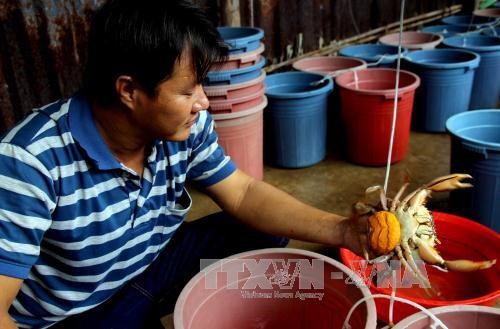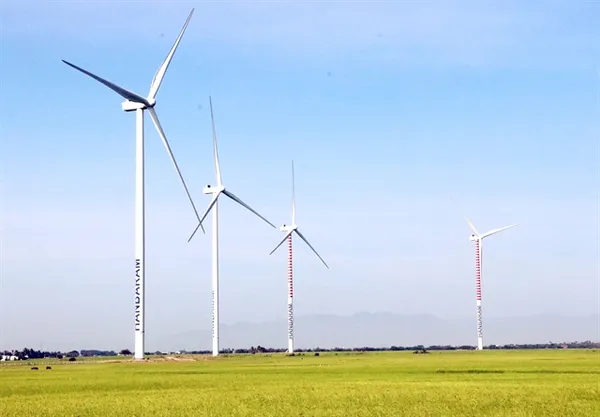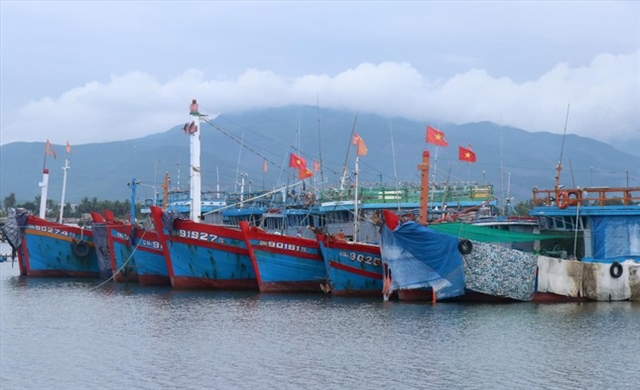 Economy
Economy

The southernmost province of Cà Mau is aiming to develop crab farming to make the crustacean its second biggest aquatic export after brackish shrimp.
 |
| A farmer in Cà Mau Province checks the quality of crabs before packing them for sales. The province is seeking to develop crab farming to achieve output of US$100 million by 2020.—VNA/VNS Photo Huỳnh Anh |
CÀ MAU – The southernmost province of Cà Mau is aiming to develop crab farming to make the crustacean its second-biggest aquatic export after brackish shrimp.
Last December the province unveiled a programme to boost sea crab farming to VNĐ2.3 trillion (US$101 million) worth of harvests a year by 2020.
The crab farming area will be expanded to 100,000ha by 2020 with an average productivity of 70-80 kilogrammes per hectare and an annual output of 12,000 tonnes.
Cà Mau has many advantages that aid its aquaculture plans including the sea on three sides, a coastline of 254km and 87 river mouths.
It also has 100,000ha of mangrove forests, which are a good habitat for raising shrimp, fish and crab.
Crab farming has been growing in the Cửu Long (Mekong) Delta for the last two decades and generates good incomes for people in Cà Mau, Trà Vinh, Kiên Giang, Sóc Trăng, and Bến Tre provinces.
The biggest wholesale crab market in the delta is located in Năm Căn District in Cà Mau.
The market attracts hundreds of traders every day who come to buy crab and other seafood coming from the province and neighbouring areas.
There are around 50 local traders who pay a total of VNĐ3 billion to buy 15 tonnes of crab on average per day.
Another 20 enterprises also buy a large quantity daily.
Most of the crabs are then resold to processing companies in HCM City for export.
About 70 per cent of live crabs with roe is exported by air; the rest is sold to consumers in the city and the delta.
Though crab generates as high incomes and its market is as good as for brackish-water shrimp, the price volatility is a big challenge for crab farmers in the delta.
Two or three crops of crabs can be harvested in a year.
The seventh and eighth lunar months are usually the time for the year’s second crab harvest, but it is a time when many people are vegetarian.
Demand for crab drops leading to a decrease in crab prices.
During this period crab with roe type 1, which refers to the best quality, falls to VNĐ250,000 per kilogramme or sometimes even VNĐ100,000.
The prices of smaller crabs – weighing five or six to the kilogramme -- fall to VNĐ150,000 and sometimes even to VNĐ50,000-60,000.
This causes big losses for farmers.
China is the biggest market for the delta, and if Chinese traders stop buying, prices drop.
The lack of efficient distribution channels also causes price volatility.
Việt Nam exports crab to 42 markets, mainly the EU, the US, China, Japan, Australia, and Canada.
If the country can better monitor the production and consumption of the crustacean and set up a good distribution network, crabs have the potential to become the biggest export item after shrimp and tra fish. — VNS









